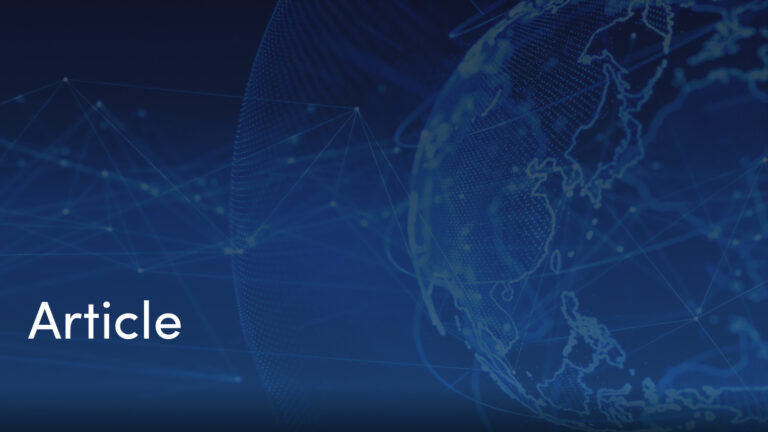Innovation, Industrial Property and Government Incentives
Published by Guerra IP

We have observed a growing interest among our clients in the potential benefits of investing in technological innovation that go beyond the core benefits of implementing a culture of innovation in companies, which can be seen in the increased competitiveness of the company, the optimization of its processes, the increase in profitability and the value of its assets. This aligns perfectly with our mission of promoting an innovation-focused culture that is in tune with these emerging customer interests.
In this sense, it is important to keep in mind that the promotion of a culture of innovation extends beyond the business environment to include international, public, private organizations, academic entities, and government entities.
In terms of government involvement, the Brazilian government has taken steps—albeit modest ones—to encourage innovation through initiatives like the “Law of Good” (Law 11,196/2005) and the “Legal Framework for Startups” (Complementary Law 182/2021). Such laws aim to promote an innovative culture in the Brazilian business environment through tax incentives in several ways.
In turn, understanding these laws allows us to realize that although technological innovation and industrial property are distinct, they are absolutely complementary. Investing in a culture of technological innovation combined with the protection of the intangible assets, such as trademarks, patents, industrial designs, software, and know how, will inevitably lead the entrepreneur who invests in technological innovation to the best results in enjoying the government benefits offered in Brazil. Although modest, these benefits allow a reasonable reduction in the payback period for the resources invested, which is a powerful incentive to expand the culture of innovation in the business environment.
In order to make the best use of such public benefits, a solid knowledge of the concepts used by Brazilian legislation regarding what should be understood by technological innovation in the business environment and how, if possible, this technological innovation can be protected, will be the differential to further optimize the reduction of the payback of the resources used by those investing in technological innovation. This ranges from the prior choice in what and in whom to invest, through the way in which these investments are contracted, to, above all, the means by which protection is obtained from this competitive differential, so that this investment also becomes an individual, own and exclusive means of generating wealth and profitability for the investing entity.
It is in this context that we must increasingly pay attention to the opportunities that such government incentives can offer to those who invest in technological innovation, drawing the attention of the business environment in which we find ourselves as service providers to “seek excellence in the protection of intangible assets, promoting a culture of innovation”.
Our team is prepared to help you with these government benefits, ensuring the good management of assets and the benefits arising from this culture of innovation.
Joélcio de Carvalho Tonera

